Crippled buildings, abandoned streets at night, places where nature has won the battle with humans are a real paradise for those who enjoy apocalyptic views. While many know about Pompeii and Machu Picchu, the last two centuries have left a number of places abandoned after wars, disasters and economic crises. Tourists' interest has given these towns a new lease on life.
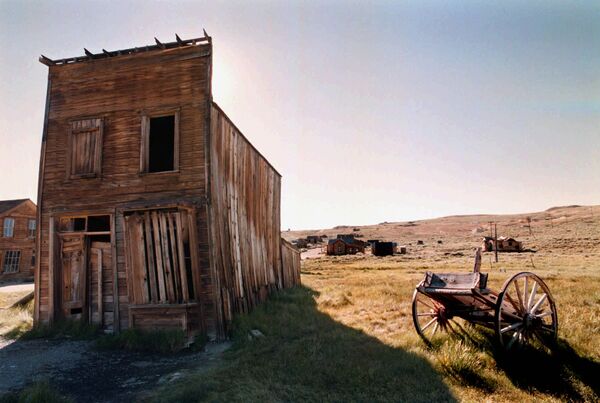
1/7
© AP Photo / K.M. Cannon
The Gold Rush didn't only take human lives but also the lives of whole towns. In 1879, Bodie, which began as a mining camp after gold was discovered there, boasted a population of 10,000 and was second to none for wickedness, bad men, and “the worst climate out of doors.” One little girl, whose family was taking her to the remote and infamous town, wrote in her diary: “Goodbye God, I'm going to Bodie.” However, by in 1900 Bodie started gradually becoming deserted due to the sharp decline in gold prices and a huge fire that occurred in the town. Since 1962 the town has officially been a historic park, where tourists can see 170 buildings that haven't changed since the Gold Rush.
Photo: The Swazey Hotel at Bodie State Historical Park, California, the US, stands on August 4, 1998, as a warped reminder of a thriving wild west town.
Photo: The Swazey Hotel at Bodie State Historical Park, California, the US, stands on August 4, 1998, as a warped reminder of a thriving wild west town.
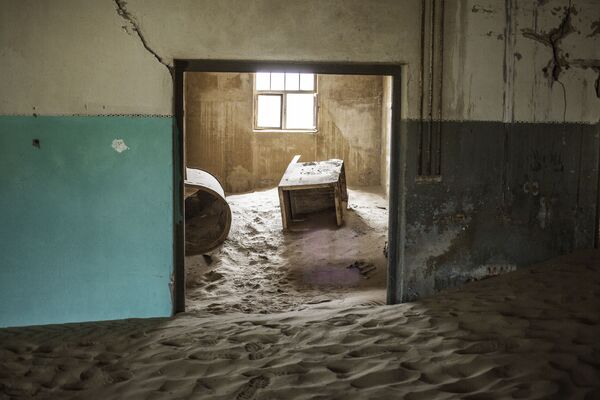
Kolmanskop is a ghost town in Namibian desert. Just like Bodie, the town began as a mining site, but for diamonds which were found there at the beginning of the 20th century. It was abandoned just some 40 years after it was built in 1954 as the stocks of diamonds dried up, while the living conditions were difficult due to sand storms and water shortages. The geological forces of the desert mean that tourists now walk through houses knee-deep in sand. Kolmanskop is popular with photographers for its settings of the desert sands' reclaiming this once-thriving town.
Photo: A picture taken on June 27, 2017 shows an abandoned house filled with sand, in the deserted mining town of Kolmanskop, in Luderitz, Namibia.
Photo: A picture taken on June 27, 2017 shows an abandoned house filled with sand, in the deserted mining town of Kolmanskop, in Luderitz, Namibia.

3/7
© AP Photo / Eugene Hoshiko
The Hashima Island, Japan, located off the East China Sea is not just an abandoned place, but a UNESCO World Heritage Site. It was first settled in 1887 as a coal mining colony. For many years it was one of the most densely populated places on earth: in a residential area the population density exceeded 139 thousand people per square kilometer. The city became empty in just a few weeks in 1974. Excursions are now carried out on the island to show the country's transformation into an industrial power at the end of the 19th century.
Photo: In this June 29, 2015 photo, tourists visit Hashima Island, commonly known as Gunkanjima, which mean “Battleship Island,” off Nagasaki, Nagasaki Prefecture, southern Japan.
Photo: In this June 29, 2015 photo, tourists visit Hashima Island, commonly known as Gunkanjima, which mean “Battleship Island,” off Nagasaki, Nagasaki Prefecture, southern Japan.

WWII left a lot of architectural scars on the world map. It was decided that some of them were to remain untouched to commemorate the victims. Oradour-sur-Glane village in France was destroyed by Nazi Germany soldiers and the population was wiped out. Over 600 citizens including 500 women and children were killed, locked up in a church intentionally set on fire by a SS division on June 10, 1944.
Photo: View on August 30, 2013 shows the martyr village of Oradour-sur-Glane, central France.
Photo: View on August 30, 2013 shows the martyr village of Oradour-sur-Glane, central France.
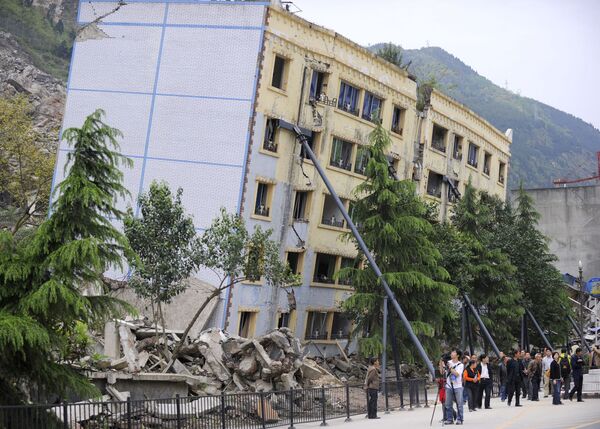
Natural disasters can literally in a minute turn any city into one big memorial. A massive earthquake happened in southwestern China's in 2008, turning cities into ruins and taking over 90,000 lives. China has spent nearly 800 billion yuan ($123 billion) to rebuild areas in the southwest that were devastated by the quake. But Beichuan County was turned into a museum and memorial as almost half of the town's population (8,600) died as a result of the quake.
Photo: This photo taken on April 19, 2011 shows a general view of the old Beichuan county in China's southwestern Sichuan province.
Photo: This photo taken on April 19, 2011 shows a general view of the old Beichuan county in China's southwestern Sichuan province.
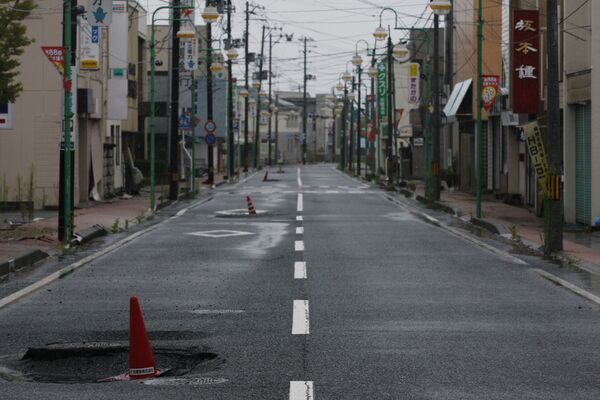
6/7
© AP Photo / Hiro Komae
One of the sites abandoned in the 21th century is Tomioka town, Fukushima prefecture. In 2011, a nuclear disaster caused by a tsunami as the result of an earthquake hit the Fukushima nuclear power plant, leading to the leakage of radioactive materials. Residents of Tomioka left the town then. But now people have started returning, however, most of the towns devastated in the 2011 disaster have only been partially rebuilt. Local authorities are struggling to finance construction. Meanwhile, despite the abundance of jobs thanks to the rebuilding, the population in most of the region is falling.
Photo: In this August 19, 2011 file photo, safety cones are put by damaged manholes on the main street of Tomioka town, Fukushima, northeastern Japan.
Photo: In this August 19, 2011 file photo, safety cones are put by damaged manholes on the main street of Tomioka town, Fukushima, northeastern Japan.
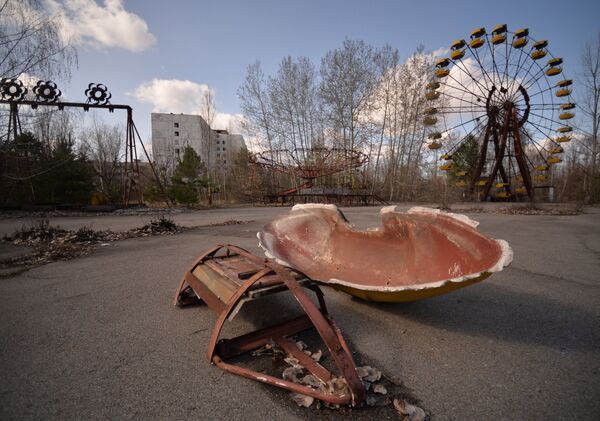
Pripyat, Ukraine, is probably the most famous ghost town in the world. People left it in 1986 due to the Chernobyl nuclear disaster. The city itself didn't suffer due to the nuclear explosion and its consequences, but the radiation level is so high there, even critically dangerous in some places, that tourists can visit Pripyat only with guides and individual protective clothing.

